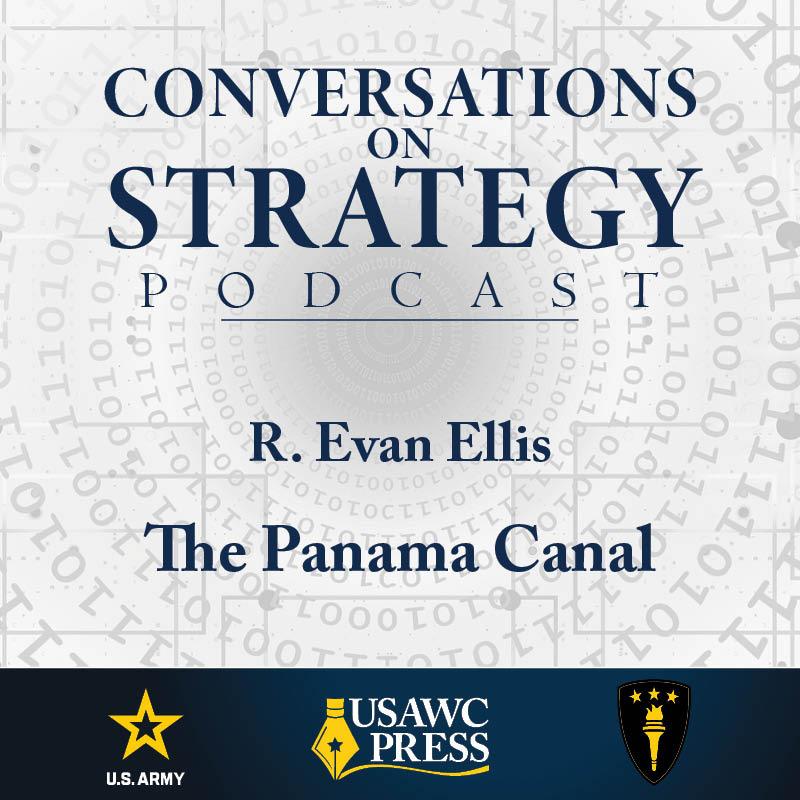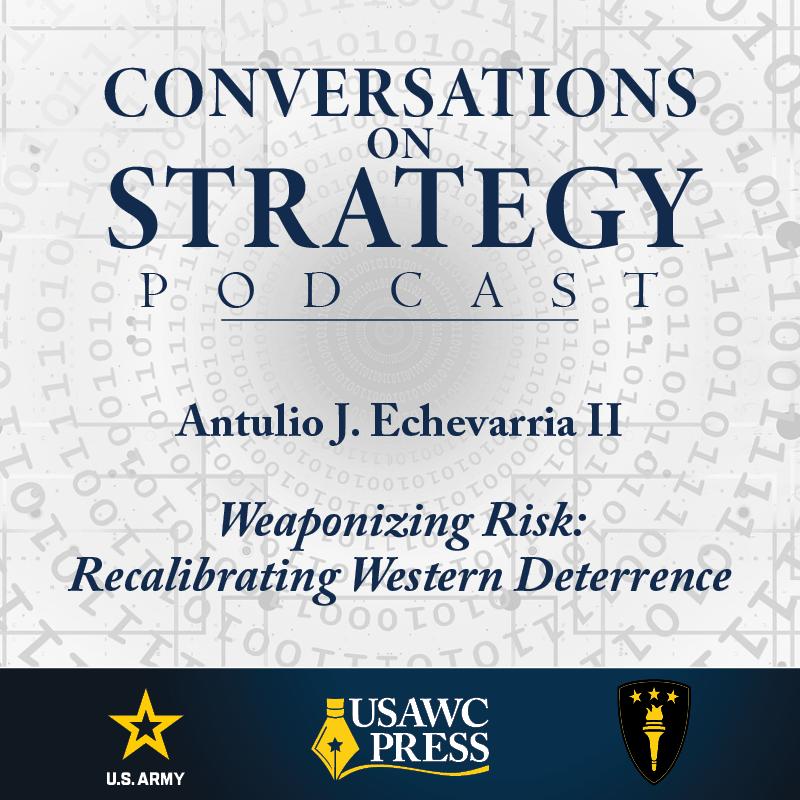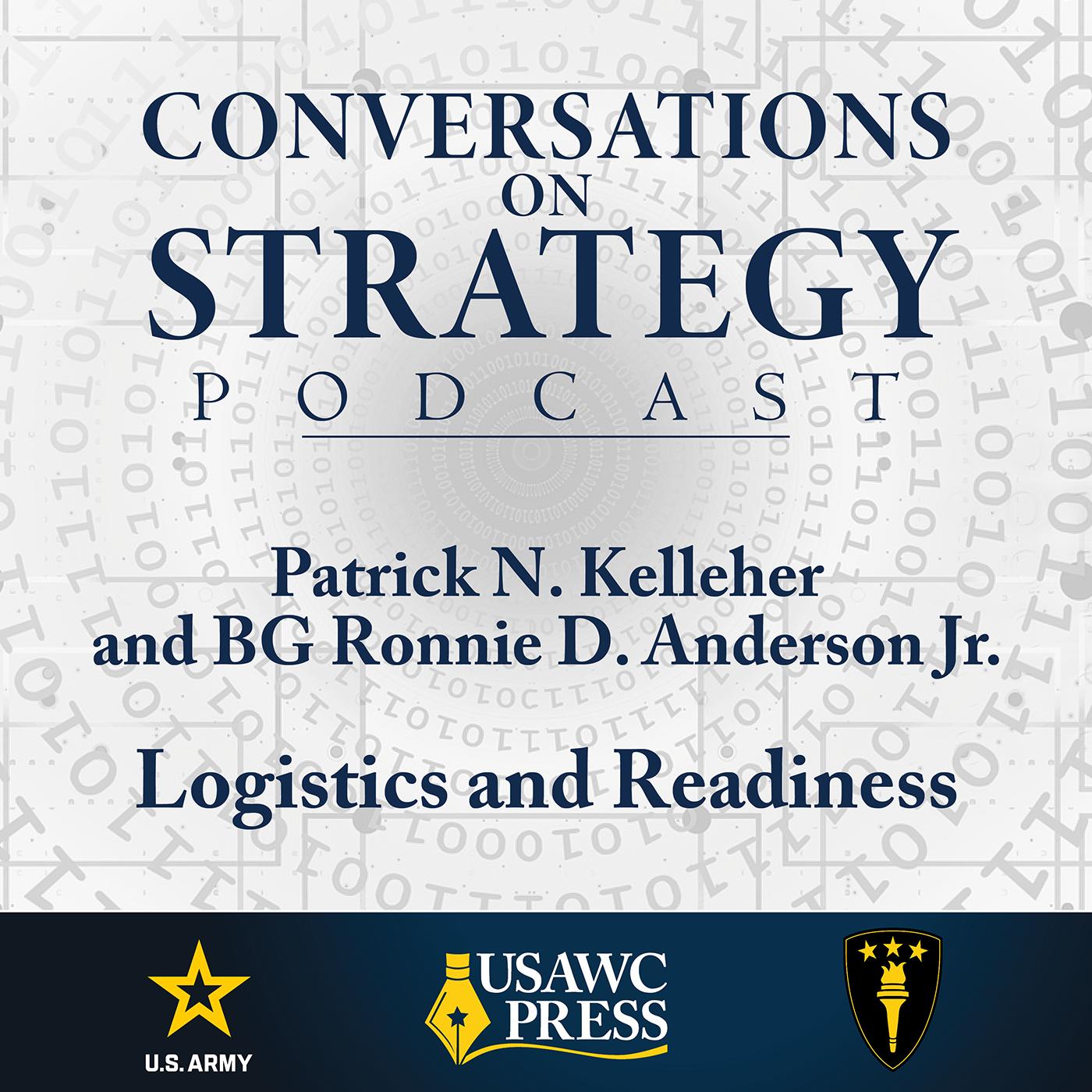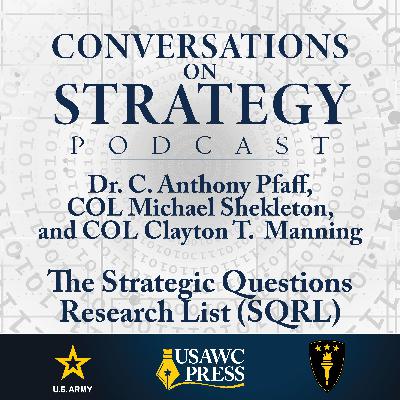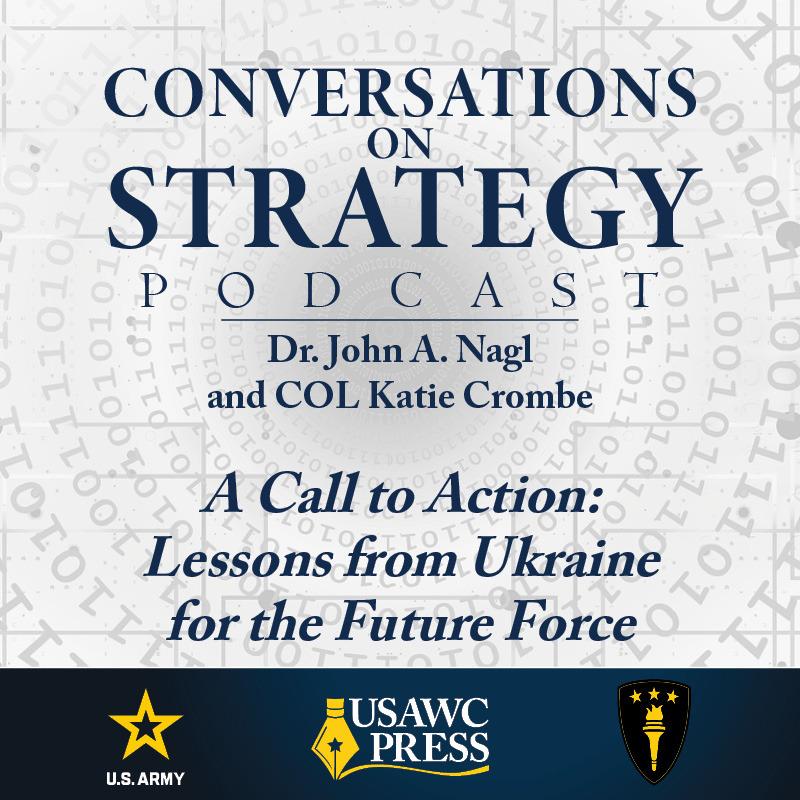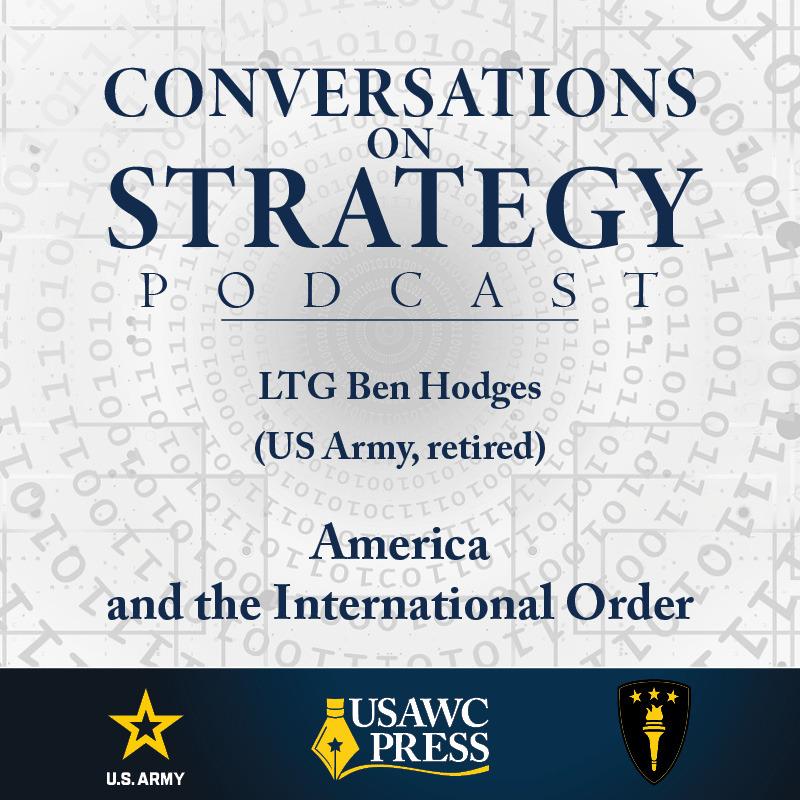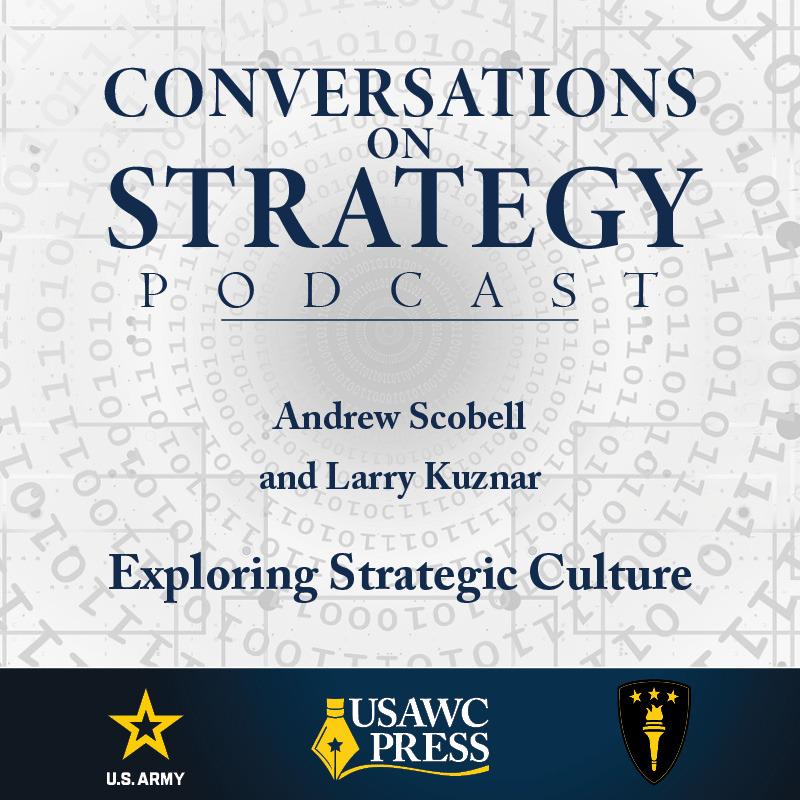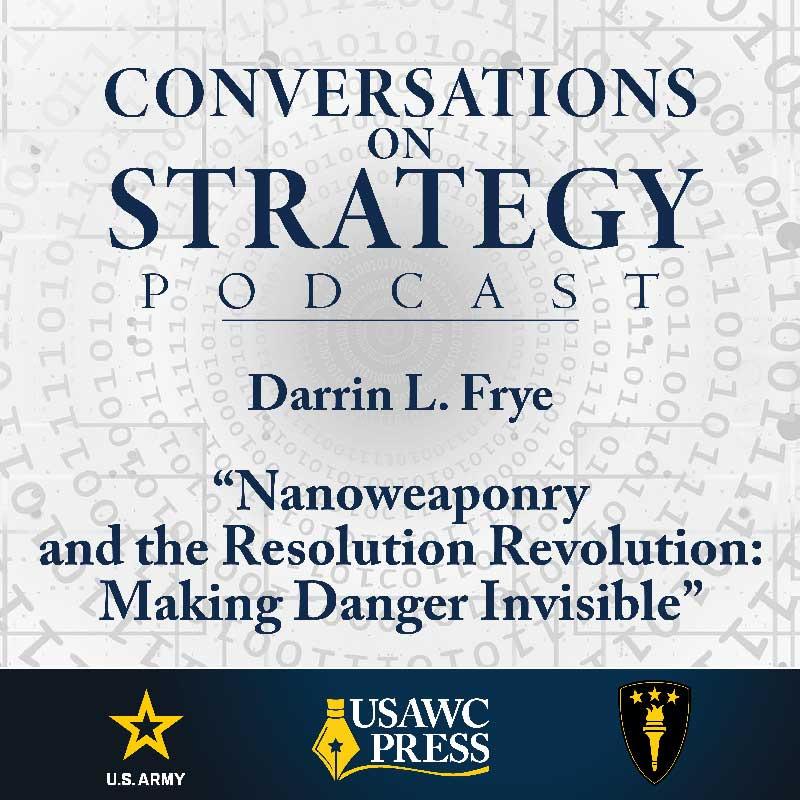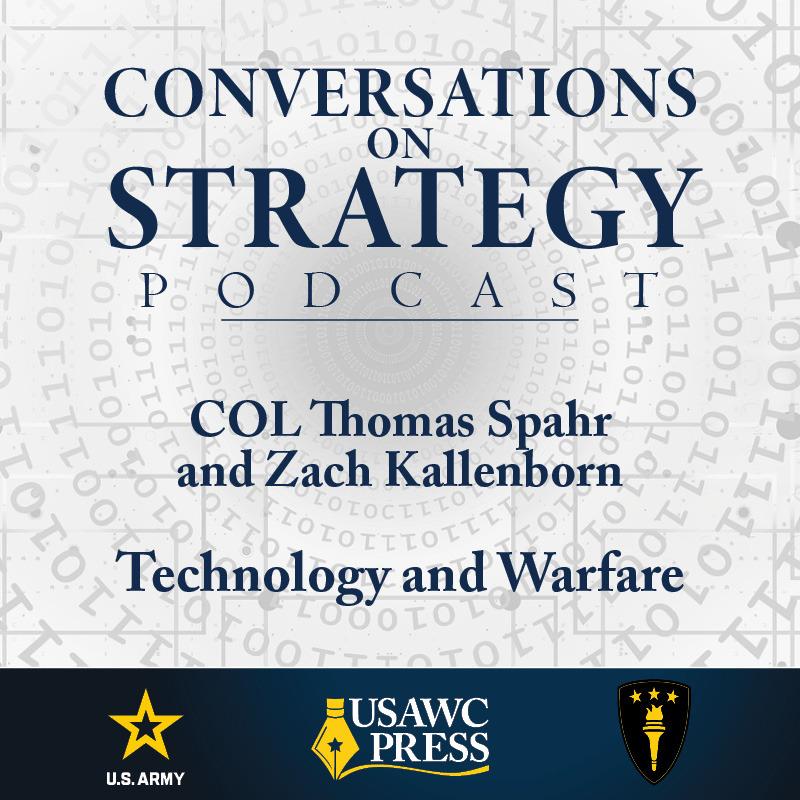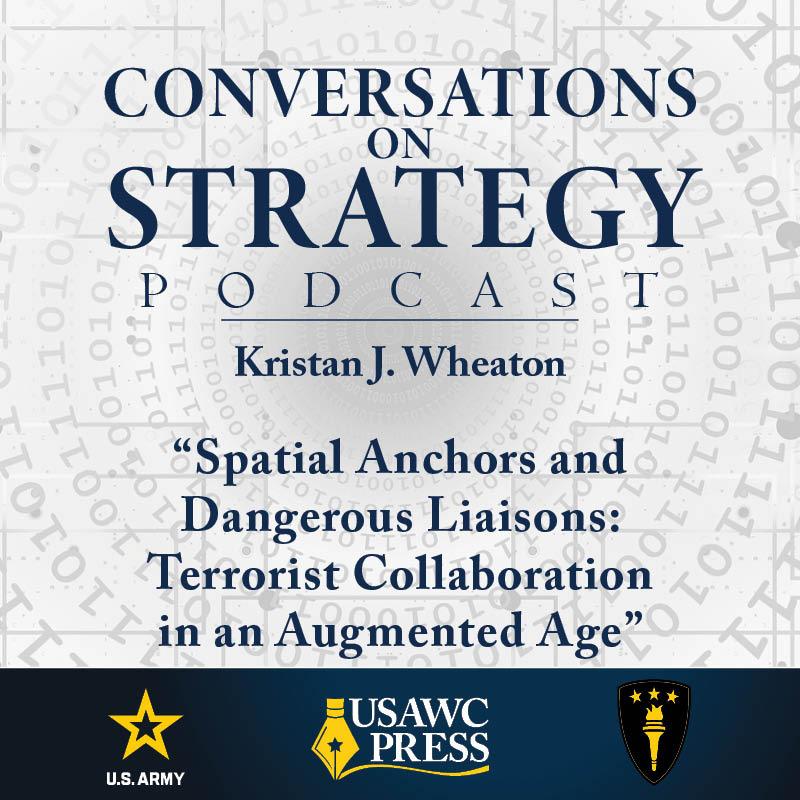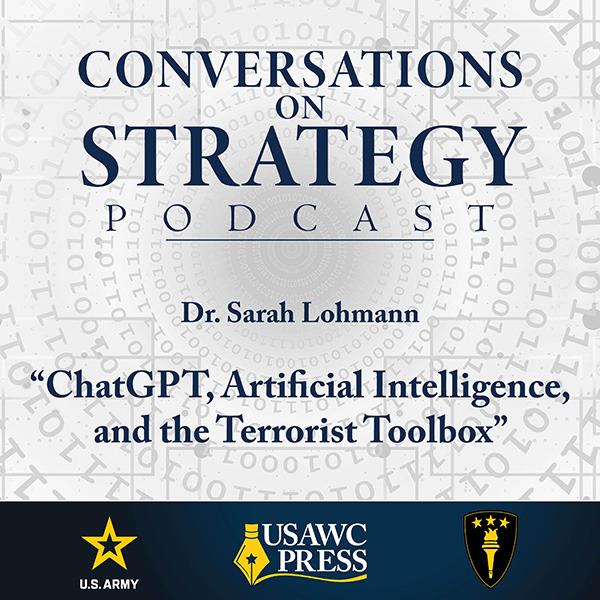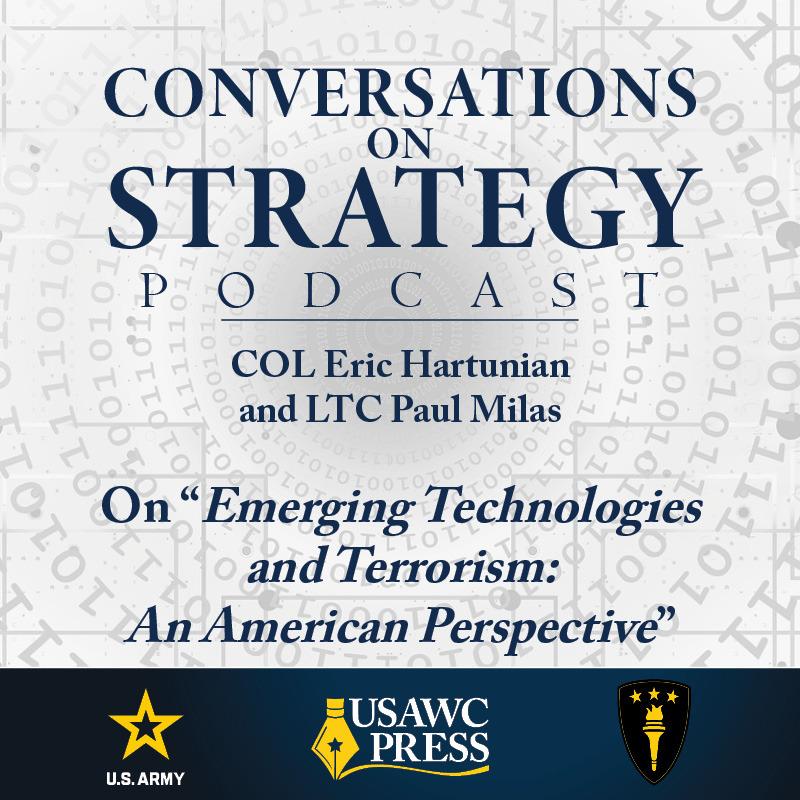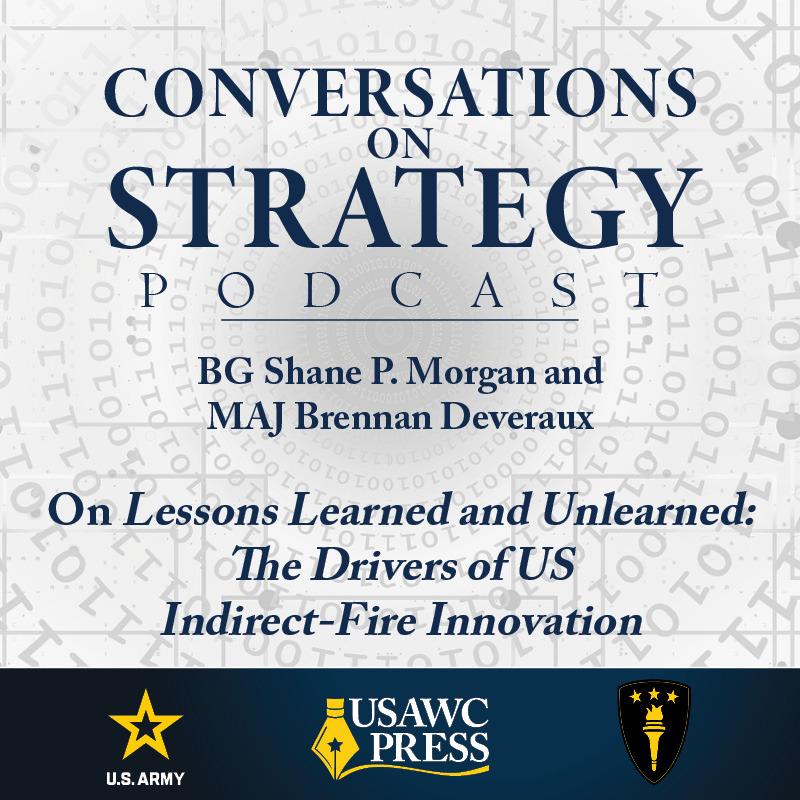Conversations on Strategy Podcast – Ep 56 – Dr. R. Evan Ellis – The Panama Canal
Description
Transcript
This podcast was recorded on January 28, 2025, and updated on February 11, 2025.
In this episode, Dr. R. Evan Ellis discusses the Panama Canal, including its history and significance to the United States, China’s involvement in the region, and Secretary of State Marco Rubio’s visit to Panama in February 2025.
Keywords: Panama Canal, Secretary of State Marco Rubio, China, trade, President Jimmy Carter
Stephanie Crider (Host)
You’re listening to Conversations on Strategy. The views and opinions expressed in this podcast are those of the guests and are not necessarily those of the Department of the Army, the US Army War College, or any other agency of the US government.
I’m happy to be here today with Dr. Evan Ellis. Ellis is a professor of Latin American studies at the Strategic Studies Institute at the United States Army War College.
First, I just want to welcome you back. I know that we’ve been talking for a while about recording another podcast. Thank you for making time to join me for another Conversations on Strategy.
Dr. Evan Ellis
Stephanie, it’s a pleasure to be part of the program today. Thanks for having me.
Host
So, we’re talking about Panama today. I’d like to really dig in and get a better understanding of things here. What did the original agreement regarding the Panama Canal say?
Ellis
Well, by “original agreement,” of course, we’re talking about the agreement on September 7th, 1977, in which President [Jimmy] Carter agreed with President [Martín ] Torrijos of Panama to, essentially, return the Panama Canal and, in turn, Panama agreed to, essentially, defend and maintain and operate the canal. So, there are really two components of this. One, which is the more commonly known Panama Canal Treaty, which made arrangements for the return, again, at the end of December 31st, 1999, although there were different enclaves that the United States was able to hold on to after that point and that one by one [it] released or turned over to Panama in an organized fashion. Panama then, in turn, agreed to defend the canal and to operate the canal. Indeed, Article 4 of the treaty that talks about its obligations for protection and defense is a very important component of that, and that also served [as] the basis for the military coordination that we have today with Panama, in which we not only work with their border service SENAFRONT but also the air and naval service SENAN, international police, and also conduct one of the largest military exercises, multilateral exercises, that we conduct in the hemisphere, which is the two-part PANAMAX exercise.
But, it’s also important to note that aside from the Panama Canal Treaty itself, there was a second related treaty invoked the same day—the Neutrality Treaty—and that made provisions that the Panama government would operate this in what was referred to as a just and equal or equitable fashion and at what was called a reasonable fashion from the perspective of rates. In other words, the commitment on the Panamanian side was not only to ensure that all nations, the United States, China, et cetera, had access to it but also that the rates that it would charge would not prejudice one country or another—that even though you could have different rates for different classes of ships at different times—but, essentially, every country would have equal right and prioritization. Now, having said that, there are some important exceptions to that. Number one is pointing out that essentially, US military warships get to go to the head of the queue, and there’s also a separate related Treaty of Montería, which actually gives the Colombian government and the Costa Rican government [the] right to have free access or free use of the canal. So, there’s a number of different little-known details but, really, the bottom line is the turnover of the canal but [also] the corresponding responsibility for neutral operation access for all to use it.
Host
How is the canal used today, and how is its use different from America’s original understanding with Panama?
Ellis
That’s a great question. And, really, even when the Panama Canal was given back by the treaty by President Carter with President Torrijos, the canal’s use was already then evolving. But, when the canal was first built, and as it was used, especially during World War II and in the post-war period, it was initially largely about US commercial movements and military movements between the Atlantic and the Pacific. Now, a couple things have happened since then. First of all, global containerized shipping has become much more important. One of the primary uses back in those earlier days was largely about the Pacific and Atlantic [coasts] of the United States. Today, the Panama Canal has become a global shipping hub. Although the primary traffic is that which goes between the East Coast of the United States and Asia, you also find that traffic going between Asia and Europe has a certain role, also, between various other points that involve the use of the canal.
But also, the composition and volume of shipping has increased. First of all, from the time of the signing of the treaty, there has been a dramatic increase in the number of transits. In 2024, there were a total of about 11,240 transits—according to the Panama Canal Authority—a total of 210 million long tons. But also, there have been [an] increase in use by the Panama Canal by larger ships—so, what is now called the Post-Panamax category. And so, you’re looking at 14,500 TEU [twenty-foot equivalent unit] ships in terms of bulk carriers and others, [including] some of the very big LNG [liquified natural gas] carriers that take US LNG from East Coast terminals to Asia to customers that really need that US LNG like Japan and others. And so, those uses are different from what was initially contemplated.
Also, beyond just serving as a transit point, Panama itself, through the port of Colón and through logistics staging areas like Panama Pacífico, has become an important logistics hub for companies that want to warehouse and distribute their products from the Panama Canal.
Now, finally, [it is] important to note that while there was that initial importance of the military access, especially by the US military to the canal, and while, if there were ever a war in the Pacific, it would be important for the US to get certain smaller or mid-size ships from the Atlantic to the Pacific or, frankly, certain sustainment items or deployment items—especially heavier cargo—through the canal, at the end of the day, certain categories of ships (for example, carriers) do not transit the canal. And also, the deployment concept is arguably somewhat less reliant on the canal than it used to be—although in military terms it is still substantially important, especially as we look at the possibility of a conflict in the Indo-Pacific.
Host
Tell me a little bit more about how the Panama Canal contributes to international trade and economies.
Ellis
First, it’s useful to understand that as international shipping has become increasingly globalized, especially containerized shipping, that you have a series of international logistics you’d refer to as hubs or choke points. Of course, one is the Straits of Malacca, just outside of China. One, of course, being the Suez Canal and, of course, Panama, then, being the third of those major three. But, as I noted before, the function of Panama is not just as a logistics choke point but also as a transit hub for the transfer and on loading and offloading of cargo for, again, the warehousing of certain types of cargo for distribution throughout the region. And, beyond its role as a logistics center, [it also has] a role as an international financial center. And oftentimes, the commerce that you find moving through the canal and warehoused there, there’s actually a tie to some of those financial operations of Panama as an international banking center.
Again, in terms of overall volume, you can point out that only about 5 percent of all international shipping actually moves through the canal. And yet, at the same time, if you look from a US standpoint, again, about two-thirds of everything that goes through the canal actually either starts at, or ends at, a US port. And so, especially for that traffic going from the East Coast of the United States, and secondarily the East Coast of South America—countries such as Brazil—connecting to Asia, it is substantially important, and any disruption to the canal—as we saw during the period of drought where it had to restrict throughput just last year—any type of restriction has a really adverse impact on those flows [in] which the East Coast of the United States and others rely.
Host
How did China enter the picture? I’ve heard comments in the news about China and the Panama Canal.
Ellis
It’s a great question, and it really occurred in stages. First of all, understanding that as China increasingly engaged as the manufacturing factory floor of the world, especially in the 1990s and expanding in the 2000s with its entry in 2001 in the World Trade Organization, the role of Chinese products needing to access US East Coast and Latin American East Coast destinations were increasingly important. During that period, you had Chinese shipping companies (such as China Shipping and COSCO, which eventually merged) becoming increasingly important as users of the canal behind the United States and in conjunction with other partners such as the Japanese and the Chileans. But, in the context of the turnover of the Panama Canal—again, December 31st, 1999—to Panamanian authorities,

